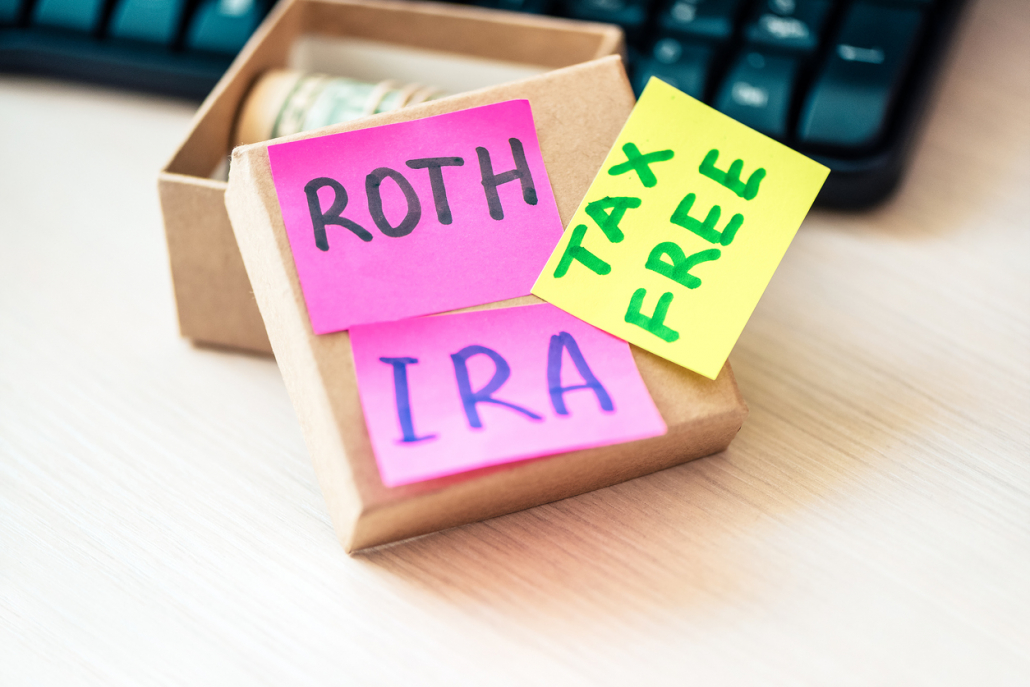Archive for July 2021
How to Measure Profitability vs Profit in a Business
Profit and profitability are two separate concepts. Here’s how they differ and how to start measuring. Key takeaways: Profitability is a metric that tells you if your business is viable, and it’s a measurement used by investors Profit is the dollar amount of net earnings in a given period Measure profitability by assessing gross and…
Read MoreA Basic Guide to the Roth IRA: Tax Pros and Cons
The Roth IRA is a tax-advantageous option for retirement savings. Learn how it works and who should use it. Key takeaways: Pros: Tax-free withdrawals. Withdraw contributions for any reason at any time without paying tax. Money grows tax-free. Make contributions at any age. No income limits on conversions. Lots of investment options. No required minimum…
Read MoreWhat Is a Capital Expenditure and What Are the Tax Implications?
Capital expenses are large purchases required to keep a business growing. Here’s what you need to know about these costs, including the tax implications. Key takeaways: Capital expenditures are long-term investments like technology upgrades or significant equipment purchases These purchases are recorded on the balance sheet since they’re investments, not everyday operational costs Capital expenditures…
Read More8 Quick Tips for Better Business Cash Flow
How can you find the right balance for optimized cash flow? Start with these eight tips. Key takeaways: 8 tips for better cash flow: Maintain visibility Be prompt with payments and invoices Be on the lookout for changes Try renegotiating Reevaluate your invoicing practices Cut unnecessary costs Use accounting software Consider a line of credit…
Read More



